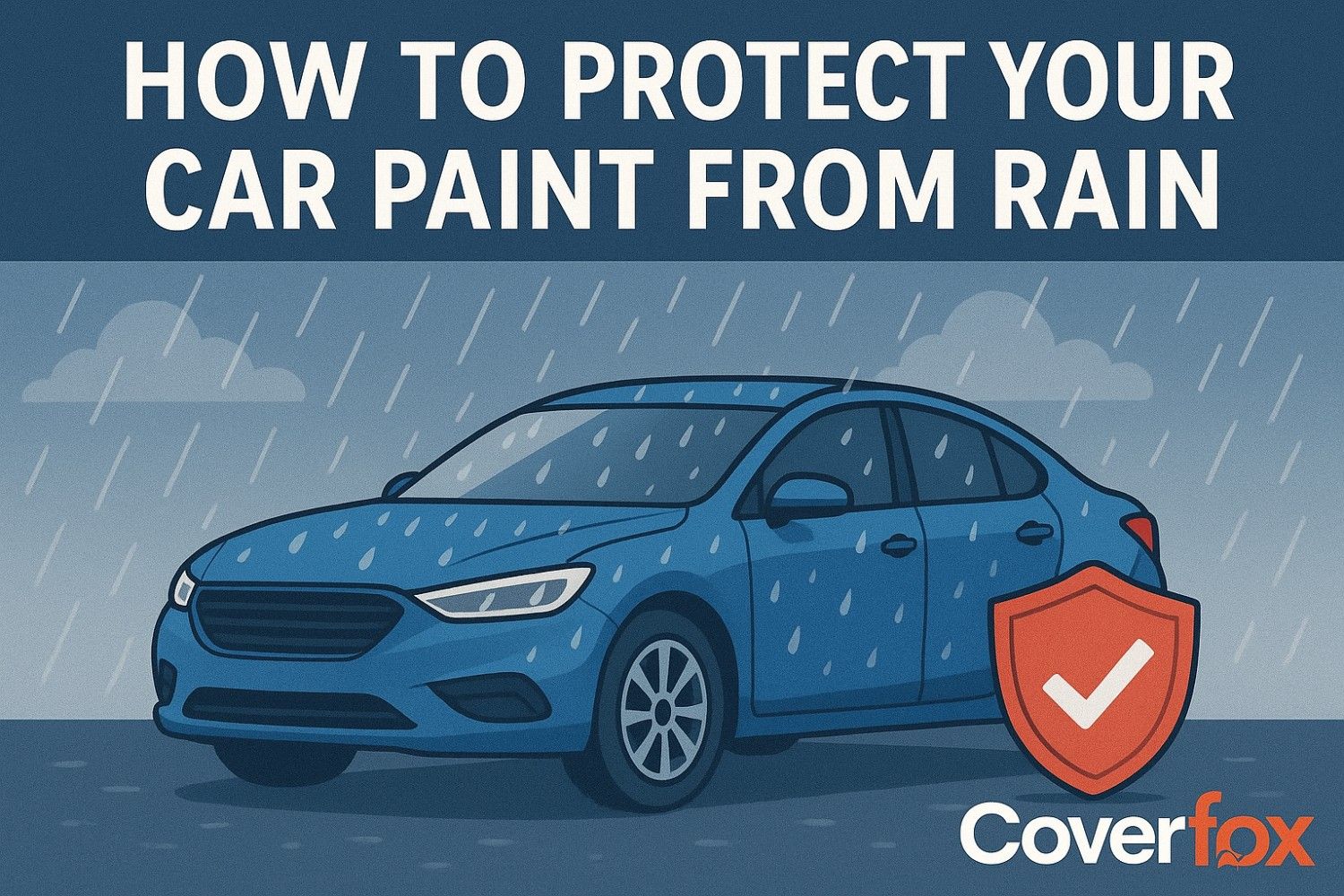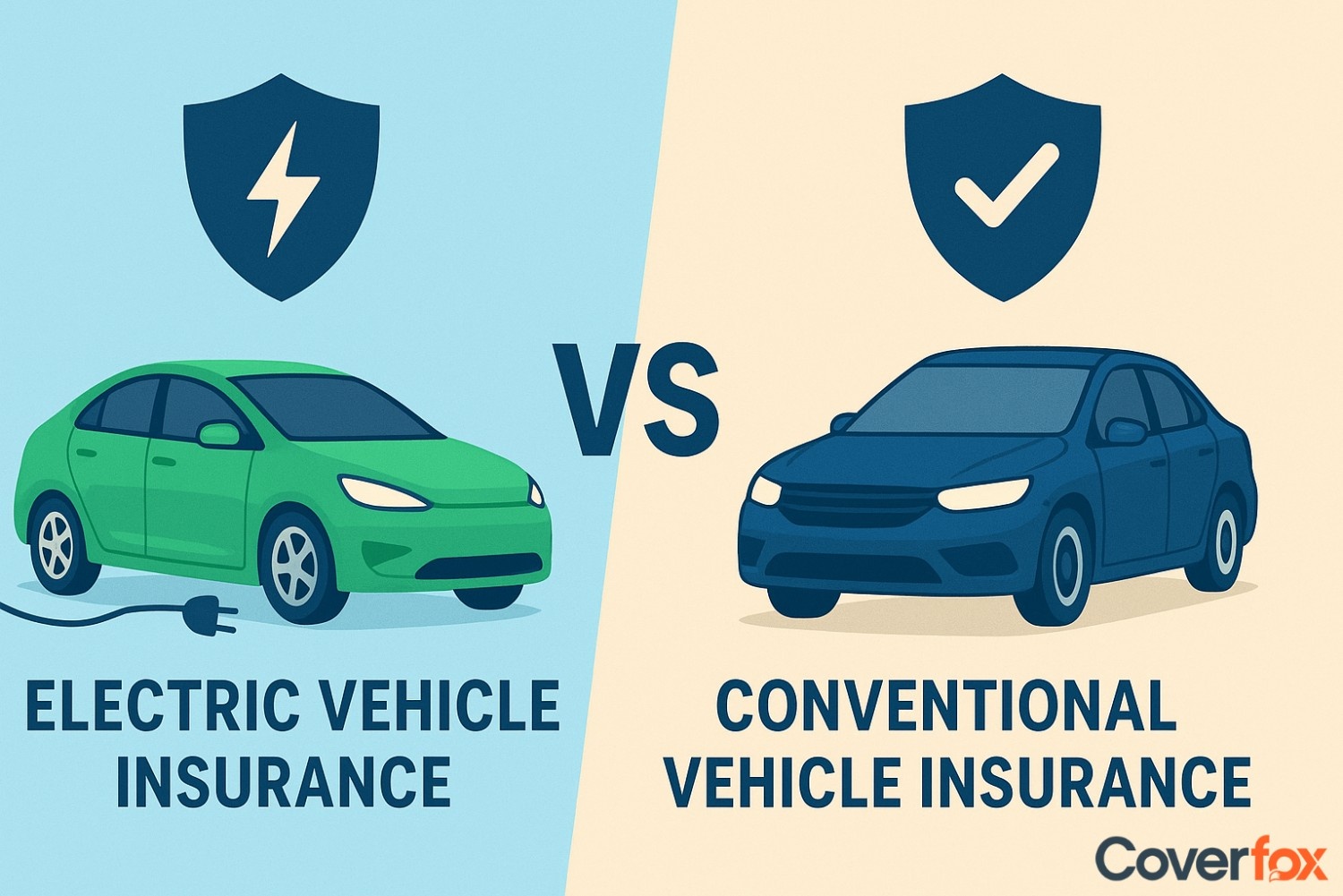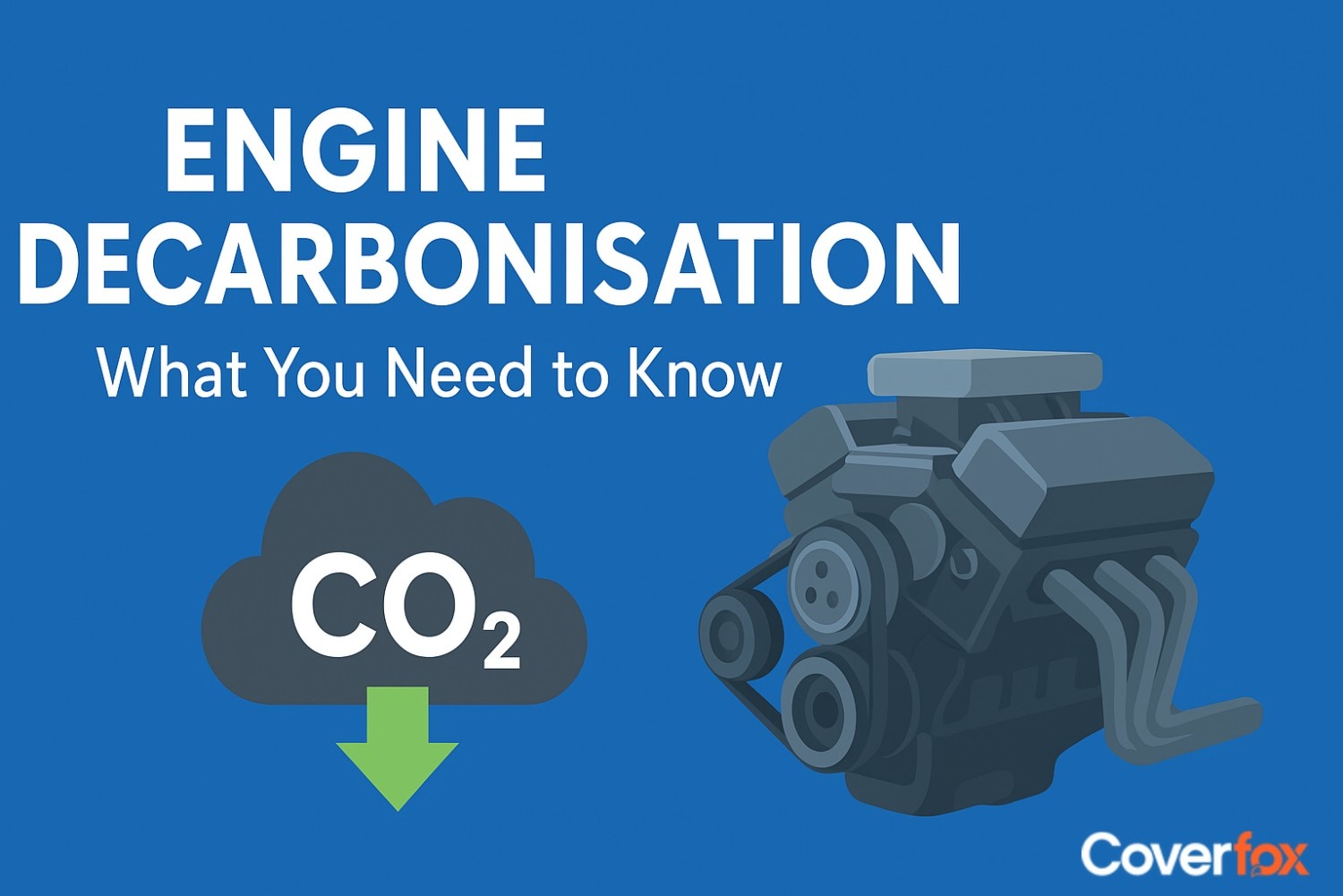Car paint is like the outfit of your car, the outer layer that protects your car while giving it a desirable look. While the monsoon provides a scenic view for the eyes, it surely doesn't do the same for your car, and can potentially damage your car’s paint.

For this reason, it is important to protect your paint from the rain and to rainproof your car. In this article today, you will learn some quick and easy ways to protect your car from the rain.
How Rain Can Damage Your Car Paint
While moderate rainfall isn't too damaging, the first rains or “acidic rains” surely can damage your car’s paint. Also, heavy downpours can leave a bad imprint on your car paint. Here’s how rain can damage your car's paint:
- Acid rain leaves behind corrosive deposits that eat into the paint.
- Rainwater mixed with pollutants creates water spots that stain the surface.
- Standing rainwater can seep into scratches, causing rust formation.
- Frequent rain exposure dulls the paint’s shine over time.
- Hard water minerals in the rain leave etched marks on the clear coat.
- Rain combined with UV rays accelerates paint fading.
- Bird droppings and dust mixed with rain become abrasive on paint.
- Continuous wet-dry cycles weaken the protective clear coat.
It is important to protect your car’s paint from the rain. Although you can apply protective layers of coatings that will definitely do the job, here are a few other quick and easy ways to protect your car’s paint from rain:
1. Wash Your Car Regularly
Washing your car regularly removes acidic rainwater deposits, dirt, and pollutants that stick to the surface after rainfall. By cleaning these residues immediately, you prevent water spots, rust formation, and chemical damage that can eat into the clear coat and paint. Regular washing also restores shine, maintains the protective wax layer, and keeps the paint looking fresh even during the rainy season.
2. Apply a Protective Wax
A layer of wax acts as a shield between your car’s paint and rainwater, preventing acidic deposits, dirt, and contaminants from bonding to the surface. It repels water, reduces water spots, and preserves the paint’s shine, keeping your car looking newer for longer during rainy conditions. It serves as a temporary alternative to a protective coating.
3. Use a Car Cover
A car cover acts as a physical barrier against rain, preventing direct contact with water, dirt, and pollutants that can damage the paint. It reduces the chances of water spots, rust formation, and fading caused by moisture and UV rays. Using a cover also keeps the car cleaner for longer, minimising frequent washes during the rainy season. You can easily get a car cover at online shopping sites or in the local markets. These car covers are a cheap yet effective method of protecting your car’s paint.
4. Park in Covered or Sheltered Areas
While covering your car with a car cover helps, you cannot do it everywhere, as it is prone to theft. While you are outside, or in general looking for a parking spot while it is raining, try to find a spot that is covered or sheltered. This will ensure your car is safe from any potential damage that can be caused by rainfall. Parking in a sheltered area also one-ups your security, ensuring that your car is safe and secure.
5. Dry Your Car After It Rains
Even though it may seem like rainfall cleans your car as it is water pouring down on your car, you still need to wash and dry your car, as rainwater can contain potentially harmful pollutants or acidic residues. Drying your car immediately after rain prevents water spots, mineral deposits, and acidic residues from etching into the clear coat. It also stops moisture from settling in scratches, reducing the risk of rust and corrosion. Using a microfiber cloth ensures gentle drying without scratching the paint, keeping the finish smooth and glossy.
6. Regularly Inspect and Maintain Paint
While you are careful about your car’s paint, and ensure it is protected all the time – it is also important to have a regular check on the car’s paint. Even if you take care of your car and its paint, with time, it will lose its shine eventually. Therefore, it is important to have it maintained, and if needed, then re-painted. Regularly keeping an eye on your car’s paint also ensures that any debris or pollutants that could have damaged your car’s paint are cleaned out.
Summing Up
Car insurance is not liable for the car’s paint – hence it is important to make sure you take care of your car’s paint, especially during the monsoon, when it is the most vulnerable. Adding a ceramic coating is your best bet, but if that's not feasible, you can use the easy tips that we showed in this article to make sure your paint is not damaged, and your car shines like it's brand new!
Also Read:
How your Car Insurance Can Be Your Savior During Heavy Rains
Things you must have in your car this Monsoon
Car Insurance Important During Monsoon Time?
Frequently Asked questions
Will rain damage a freshly painted car?
Yes, rain can damage a freshly painted car as well, unless it has protective coatings.
Can I skip washing my car after it rains?
Although it may seem like the rain washes your car itself, the rainwater is not 100% clean, and can damage your car if left for too long on the car’s paint. So, no, you cannot skip washing your car even if it rains.
What’s the best quick fix to protect my paint?
The quickest and most cost-effective way is to add a coating of wax to the paint, but that is a temporary fix, and for a longer-term solution, you should opt for ceramic coatings.
Can a car cover help in the rain?
Yes, car covers protect the car from direct contact with the rainfall and the debris along with it.
Are rain-repellent sprays worth using on paint?
These rain-repellent sprays are effective against rain, but are not a sustainable or long-term solution as they can wear off very quickly.





